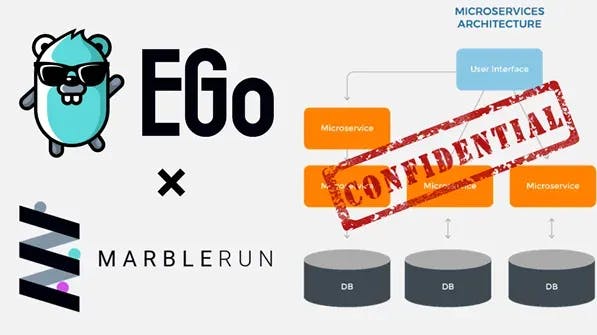
Blog
In this article, we are going to look at how cloud applications are built today and how the principles of confidential computing can be applied to them. We will also show you how easily this can be achieved by using our tools EGo and MarbleRun.
When we started our development cycle some time ago, we asked ourselves one central question "How would you like to build confidential computing applications?". What we found is that there is a large community called the Cloud Native Landscape, who have built a vast ecosystem of open-source tool stacks. When people develop new cloud services, they take those dev ops development tools and build their applications in a microservice architecture. This allows for separating tasks into logical parts which can then be scaled up individually. Furthermore, any part can be exchanged, which makes it a great foundation for an agile development lifecycle.
From this, we took away two things: First, we wanted to facilitate exactly this type of development process for confidential computing apps. Secondly, if we want to help make the cloud a more secure space, we knew we had to offer a technology based on the same principles, so anyone can jump on board and adopt our tools for the cloud native space. Our main concern was to make everything as easy and as convenient as possible, allowing for a seamless integration into an existing tool stack. What we essentially ended up with are two tools: one tool to build confidential microservices and another tool for all the dev ops of administering and deploying microservices to your cloud.